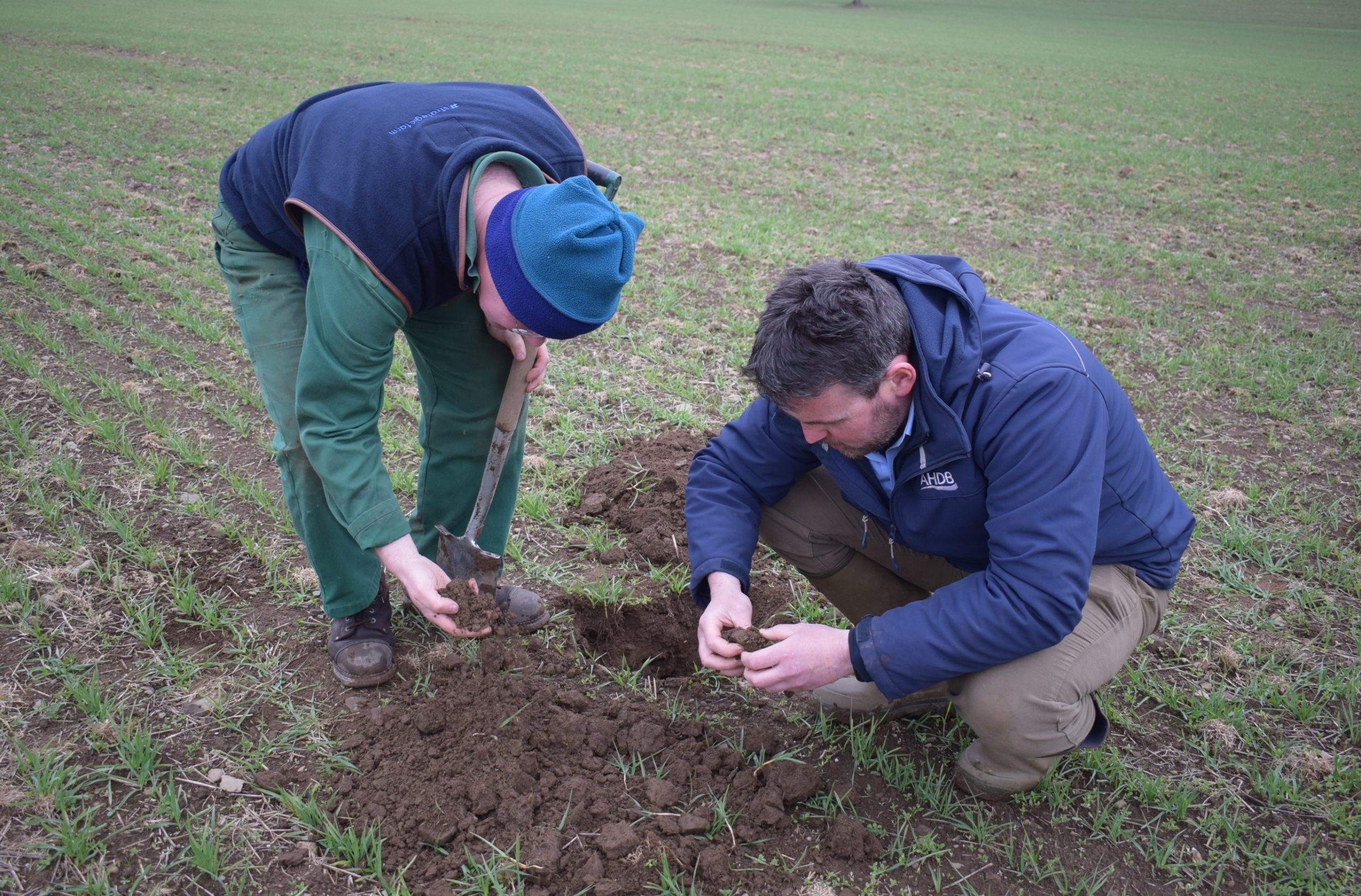For one Fife farm, working with AHDB to gather scientific data behind its regenerative farming approaches is set to pay dividends both financially and environmentally.
Balbirnie Home Farms has been working with AHDB over the last three years as its Strategic Cereal Farm in Scotland, and an approach that has prioritised plant and soil nutrition to save money and reliance on chemical inputs has the potential to reduce variable costs across different crops, around £200 per hectare.
The final case study in RHASS Presidential Initiative’s series on the science behind food production focuses on the regenerative farming approaches that Balbirnie Home Farms has progressed in recent years. These include cover cropping, direct drilling and bringing livestock back into the rotation to improve soil biology and structure, as well as applying the essential micronutrient nitrogen through leaves rather than roots.
With a growing interest in regenerative farming in the industry, AHDB initiated the six-year project to experiment beyond small research trial plots to see how different practices manifested in the scale and natural environment of real farm situations.
“This is an example of when farming is ahead of the science,” says Professor Fiona Burnett, Professor of Applied Plant Pathology and Arable Technical Lead at SRUC, whose team is running the trials for the project and analysing the results. “Farmers are changing their practices through need, under pressure from rising costs as well as a future agricultural policy strongly weighted towards soil health and carbon capture. While ‘regenerative’ is a fuzzy word that means different things to different people, by combining scientific research and on-farm trials like this, we are identifying what can improve productivity and reduce costs, which is important to all farmers.”
The 1200-ha Balbirnie Home Farms, which took its first step towards a more regenerative approach in 2015 with direct drilling, grows mostly winter wheat and spring barley, as well as oats, winter barley, potatoes and carrots on a seven-year rotation. The 200-head beef suckler herd has, as part of improving soil health, been moved on to a wholly outdoor grass-fed system, and is certified Pasture for Life. This has been one of the most tangible benefits, reducing the need and costs of nitrogen and fungicide, as well as of winter feeding and housing.
Farms Manager David Aglen says they would not be able to afford the cost or time involved to do the trials, which also seek to identify the optimum drilling date, themselves and that the project, which is in year three of six, is accelerating them along a route they knew they wanted to go down:
“Working with AHDB and SRUC like this helps us with measuring and using ‘proper’ science to validate what we are doing and make decisions. Some changes have worked really well and we’ve had the occasional disaster – but hopefully others can learn from these without the cost and effort! By and large we are seeing this as a cheaper way to farm. We may yield less, but it costs less, with our variable costs potentially down by an average across crops of £200/hectare. It has definitely changed our farm policy and we now look at every decision through the regen lens.”
“This is not just about us,” he adds. “It’s for farmers across Scotland to learn from as well. The more we work together to build a bigger picture, the faster we can all make progress.”
RHASS Presidents Initiative Vice President, Ewan Pate, says of the project:
“Across the world, scientific evidence is showing the success of returning to a more biological approach to farming, but it’s not until we experiment in a local environment that we can see what works for farmers here in Scotland. This is the value of bringing together the scientific research and data analysis of AHDB and Scotland’s Rural College, SRUC, with the practical farming experience and context of Balbirnie Home Farms to inform the whole industry and produce good food.”
The RHASS Presidents’ Initiative will culminate with a showcase at the Royal Highland Show, bringing together different sectors and stories from over the past months and creating a legacy of materials which will be made available for anyone to access.
For the full case study, click on these links: (PDF) Putting a scientific spin on regenerative farming.pdf or (Word) RHASS AHDB case study FINAL.docx. For more information on this year’s Initiative and to access past and future case studies, please visit: https://rhass.org.uk/presidential-initiative/

